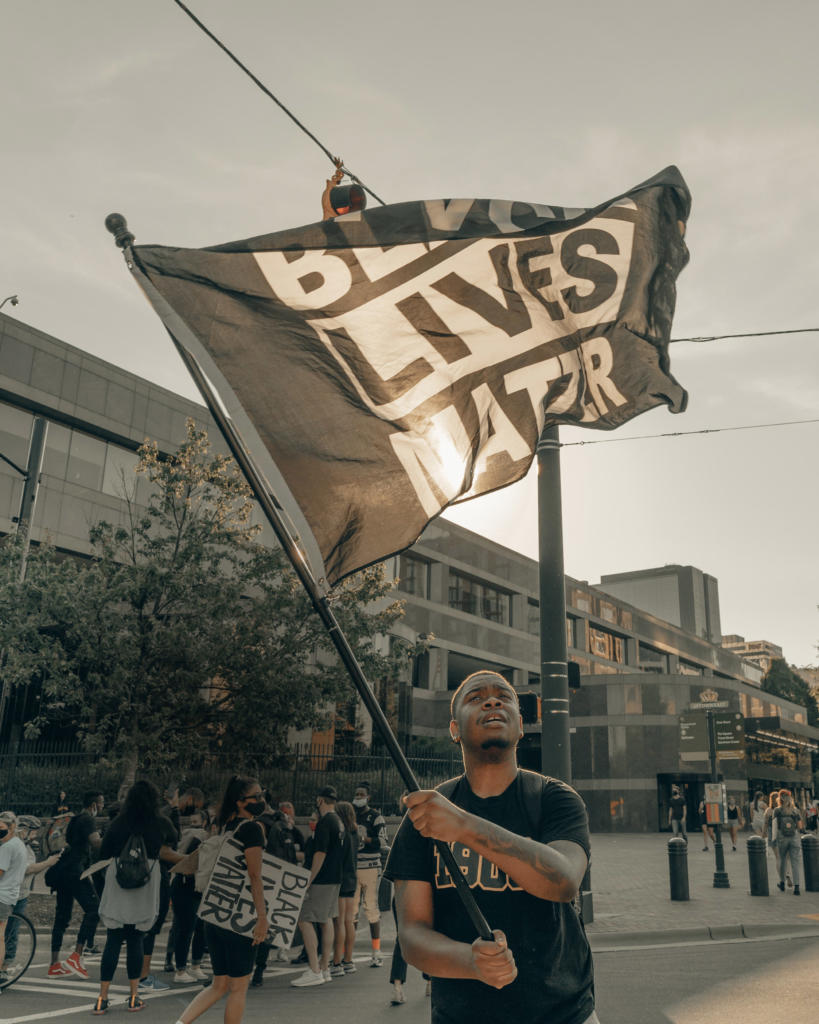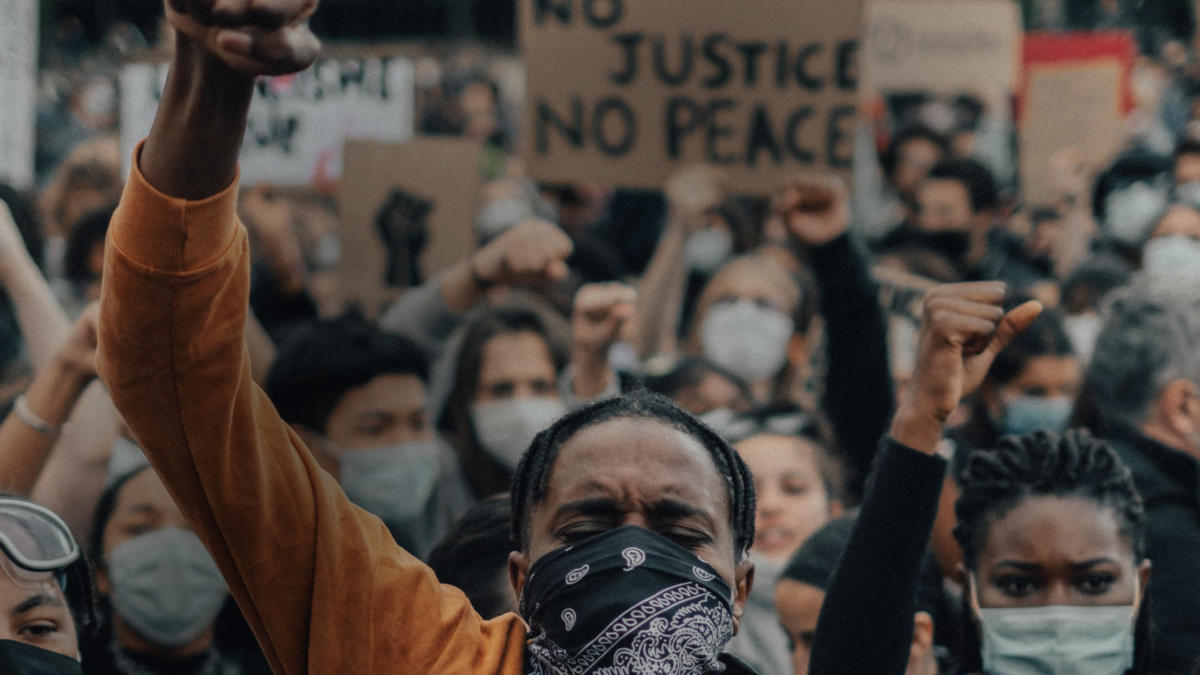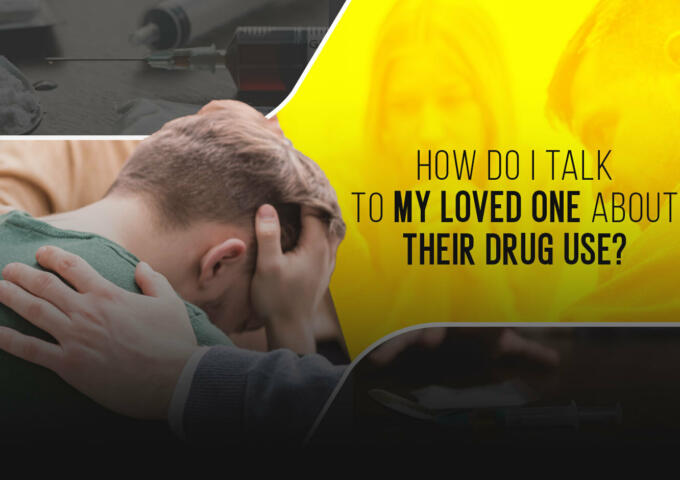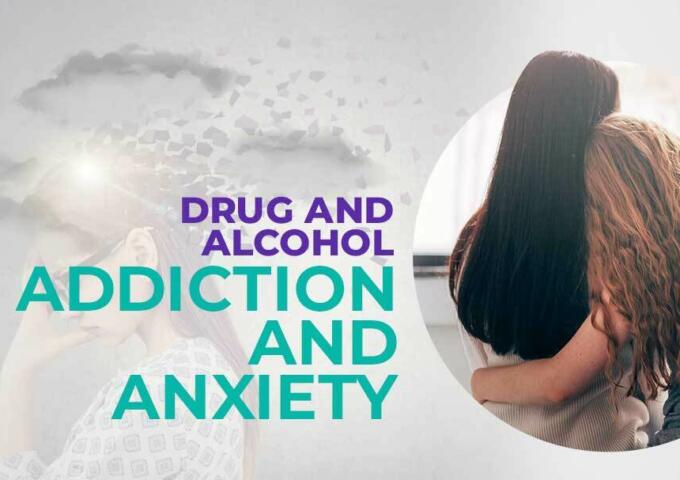Philadelphia has shattered its previous murder record. Its deadliest year on record was 1990, when 500 of its residents were killed. With a week left in 2021, 547 Philadelphians were murdered, including children, pregnant women, college students, and small business owners mistakenly caught in the crossfire of intra-neighborhood conflicts.
The city is reeling. Citizens are panicked, journalists are struggling to keep pace with the violence, politicians are pointing fingers. Even ex-politicians can’t refrain from throwing themselves in the mix – former mayor Michael Nutter penned a scathing op-ed in the Philadelphia Inquirer in early December, holding nothing back in an attack on District Attorney Larry Krasner, who Nutter accused of living in a “messed up world of white wokeness” and of having “little regard for human lives lost” in the city. “[P]olice and judges are trying to keep Philadelphians safe,” Nutter wrote, “but Krasner is not.”
Even amid an Omicron-induced case spike that’s prolonging our everlasting pandemic, the homicide crisis is at the forefront of Philadelphia’s collective consciousness. Everyone has an opinion about it, but no one seems to have any answers. The public has little faith in Krasner or Mayor Jim Kenney’s Administration. Nutter is a vocal critic, but his vision is backwards facing; he brags about his prior successes, but has little to offer in the way of substantive guidance toward a more peaceful future.
It’s unlikely that an authoritative voice will emerge to fill the vacuum of leadership and put an end to the violence. The City of Philadelphia – like the country it birthed – is too fragmented, with political factions at each other’s throats and culture warriors keener on destruction than on creation. For those who still feel an empty spot in their heart where hope used to be, is there anywhere left that we might look to fill the void?
Michael Nutter took issue with Larry Krasner’s rhetoric when Krasner said in a press conference that Philadelphia did not have a crisis of violence. Krasner meant that violent crime overall has declined, so the crisis is limited to homicides and isn’t generalized across all categories of violence. But never mind the nuances – it was undeniably foolish to stand in front of reporters and utter the phrase “we don’t have a crisis of violence,” where “we” meant a city in which, at the time, the year’s homicide tally was 521. Nutter seized on the gaffe and the Inquirer ran his op-ed the next morning.
Yet, in his piece taking issue with Krasner’s rhetoric, Nutter offered only rhetoric in return. He’s continued to hammer home the same talking points in the following weeks. And while Nutter, a member of the Democratic Party’s increasingly anti-woke Old Guard, continues to wage rhetorical war on Krasner and his “messed up world of white wokeness,” the murder tally in the city continues to rise.
Take your position in the culture wars as you will – questioning an acting city official’s “regard for human lives lost” during an historic surge in homicides can’t possibly be productive. It’s a form of demonizing rhetoric that’s among the vilest on offer in our poisonous political landscape. It might be cathartic for Team Nutter, but it’s not helpful for the countless Philadelphia families whose lives have been shattered this year.
It seems inevitable that our political and cultural elites will, for the foreseeable future, keep right on lobbing rhetorical grenades at each other. In the meantime, what can those of us interested in substantive solutions do?
I don’t think we can simply ignore the culture wars and have uncharged conversations about where to go from here. The very language we use in those conversations is rife with culturally divisive connotations. What we might be able to do, though, is pierce those connotations to carve out a new space that fosters more productive discourse. And so, counterintuitively, I think the place to start for finding common ground is with one of the most divisive culture warriors of all: Ibram X. Kendi.

According to the ideological framework constructed by Kendi in his book How To Be An Antiracist, “every policy in every institution in every community in every nation is producing or sustaining either racial inequity or equity.” In other words, there are only racist policies and antiracist policies. The job of an antiracist is to decide in which category a given policy belongs.
Kendi has guidance to offer antiracists in their efforts. Racist policies are further divisible into segregationist policies and assimilationist policies. In Chapter 6, he fleshes out this tripartite framework in a discussion of violent crime:
For decades, there have been three main strategies in reducing violent crime in Black neighborhoods. Segregationists who consider Black neighborhoods to be war zones have called for tough policing and the mass incarceration of super-predators. Assimilationists say these super-predators need tough laws and tough love from mentors and fathers to civilize them back to nonviolence. Antiracists say Black people, like all people, need more higher-paying jobs within their reach, especially Black youngsters, who have consistently had the highest rates of unemployment of any demographic group, topping 50 percent in the mid-1990s.
In Kendi’s account, then, our cities have sought to reduce crime by incarcerating it away, civilizing it away, and employing it away. The two former approaches, he says, are racist while the latter is antiracist. If one’s foremost desire in life is To Be An Antiracist, then one should steer clear of policies that involve tough policing and/or tough love – just stick to job creation.
But how many residents of Philadelphia currently want, more than anything in the world, To Be An Antiracist? As we creep toward an unconscionable annual murder count of 550, how many of us just want something, someone, to stop the bleeding? Perhaps more to the point, how many of us are tired of feeling like we have to make a choice between antiracism and effective policy?
Is this even a real choice? Or are we mistakenly holding ourselves captive to a rigid ideological framework created by a man who has no actual policy expertise? Let’s compare Kendi’s “three main strategies” to anti-violence initiatives in Philadelphia with a proven track record of success.
1974 was Philadelphia’s deadliest year of the decade, with a murder tally of nearly 450. That year, a grassroots anti-violence initiative called the House of Umoja brokered a truce, called the Imani Peace Pact, between 30 gangs in the city. Three years after the ceasefire of ’74, Philadelphia’s annual homicide tally had fallen to a decade low of 320.
Small wonder that, when murders started surging in 2020, Philadelphia started to feel nostalgic for the heyday of the House of Umoja. On December 14, 2020, Billy Penn ran an article referring to the group as “one of the city’s most impactful anti-violence organizations of the next few decades [following the peace pact].” But why sell them short? The House of Umoja is among the most impressive anti-violence initiatives in city history – full stop.
And here, in their own words, is how House of Umoja describes their approach to anti-violence activism:
“Through reparenting and providing role models, the House of Umoja has successfully transformed more than 3,000 frightened, frustrated, and alienated young minority males into self-assured, competent, concerned, and productive citizens.”
Sounds an awful lot like Kendi’s description of the assimilationist approach, which involves giving young minority males “tough love from mentors and fathers to civilize them back to nonviolence.” If Kendi were to apply his ideas consistently, he would have no choice but to denounce the House of Umoja as a racist organization.
But the group’s results speak for themselves. The House of Umoja’s success can’t be traced to any one of Kendi’s three main strategies. Their approach involves tough love, and so is “assimilationist,” but it uses tough love to help young minority men take advantage of existing job opportunities, and so is partially “antiracist” as well. Their results defy the logic of Kendi’s antiracism, and perhaps that makes Kendi’s admirers uncomfortable. But results are what Philadelphia needs right now – not rhetorical grandstanding based on rigid ideological frameworks.
The House of Umoja exposes the absurdity of Kendi’s tripartite policy division and his use of it to categorize everything in existence as either racist or antiracist. More absurd still is that, because Kendi defines racist policies as those which sustain racial inequity, and most of Philly’s homicide victims are black, Kendi’s rejection of successful “assimilationist” policies is, on his own terms, racist.
Reality is far more nuanced than Kendi’s simplistic and self-contradictory framework allows. When Philadelphians are being murdered in record numbers, we simply can’t afford to sacrifice nuance to ideology.
If Kendi’s followers consider themselves duty-bound to dismiss what is perhaps the most successful anti-violence initiative in Philadelphia history as racist, then I see little hope for progress on Philadelphia’s homicide crisis. If, on the other hand, we’re all ready to toss aside airy abstractions, and their toxic culture war connotations along with them, then we might have a chance to stop the bleeding.




